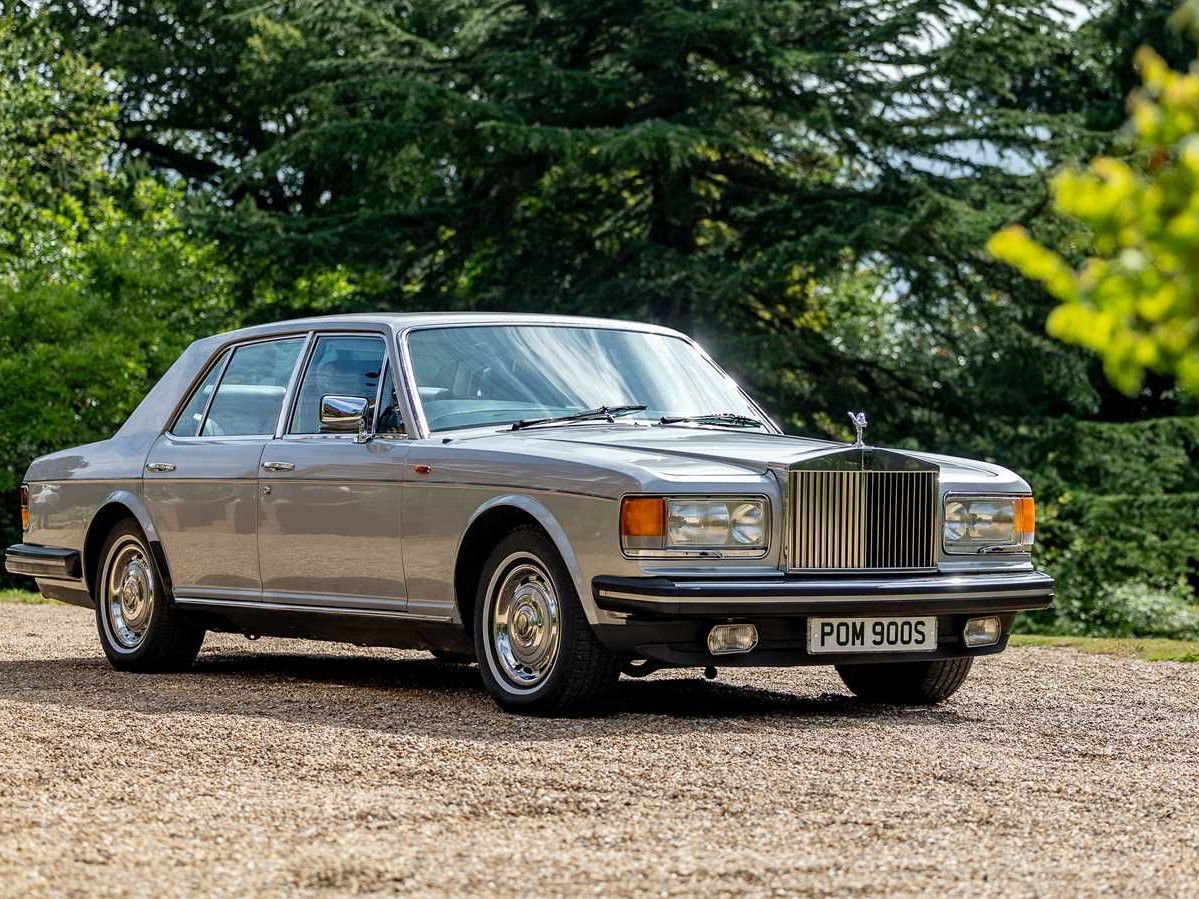Spanning over two decades of production, the Silver Spirit not only redefined luxury travel but it also encapsulated the changing dynamics of the automotive industry from the late 20th century into the new millennium.
In this article I hope to explore the history of the Silver Spirit highlighting its design, its engineering, its evolution and its significance in the hallowed world of luxury motoring.
The birth of the Silver Spirit
The Silver Spirit emerged during a transformative period in the automotive landscape during the late 1970s. Following a series of tumultuous years for British automotive companies, marred by financial struggles and shifting consumer preferences, Rolls-Royce Motor Cars sought to reaffirm their reputation for crafting unrivaled luxury vehicles. The demand for more personalised, comfortable and stately cars among affluent clientele provided the impetus for Rolls-Royce to develop a model that would appeal to a brand new generation of luxury car buyers.
Introduced at the 1980 Geneva Motor Show, the Silver Spirit was designed by the renowned British car designer John Blatchley, who was also responsible for earlier Rolls-Royce models. Drawing inspiration from the outgoing Silver Shadow model, the Silver Spirit shifted toward a more modern aesthetic of elegance merged with a touch of contemporary styling. Displaying an elongated silhouette, the Silver Spirit also featured a fabulously luxurious interior. Classic lines and the distinctive radiator grille, adorned with the iconic Spirit of Ecstasy mascot, made the Silver Spirit an unmistakably Rolls-Royce creation.
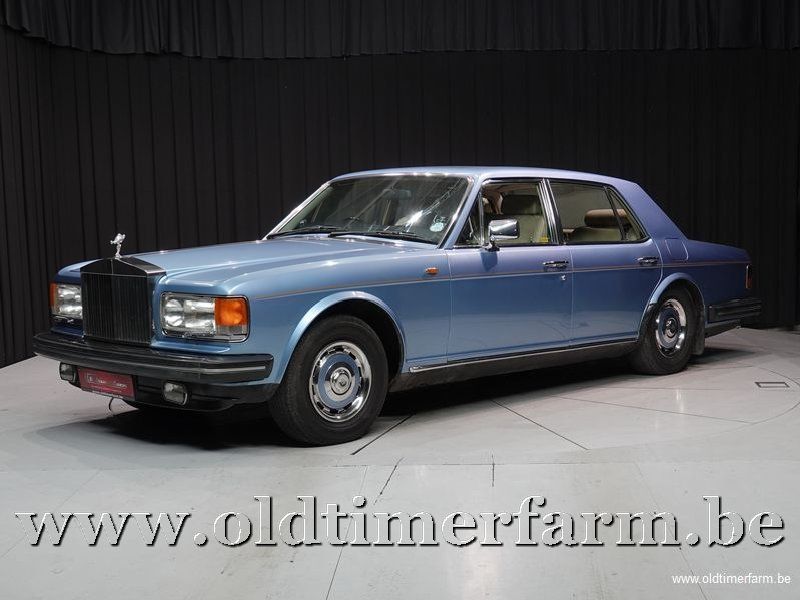
Design elements and features
Beneath the skin, the Silver Spirit was characterised by its unibody (monocoque) construction, which differed from the traditional body-on-frame technique used in earlier models. This architectural shift allowed for improved handling and ride quality which had always been an enduring hallmark of Rolls-Royce engineering aims.
One of the defining features of the Silver Spirit was its sumptuous interior, laden with top quality materials such as fine Connolly leather, polished veneers, luxurious Wilton carpets topped with sumptuous lambswool over-rugs.
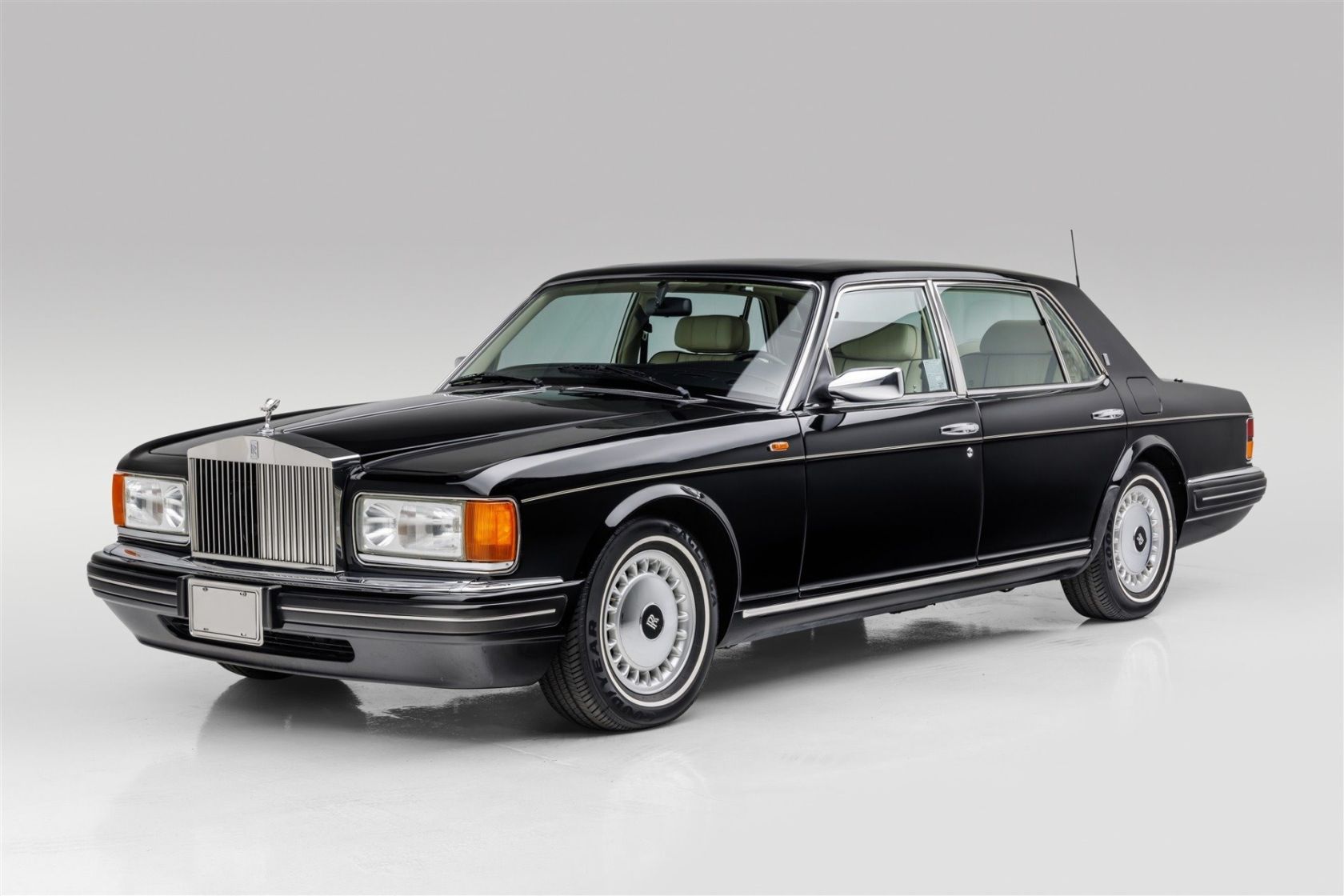
Buyers were given the opportunity to personalise their vehicles to an extraordinary degree. From custom paint finishes to bespoke interior finishes, the level of individual customisation became a defining characteristic of the Silver Spirit. Owners reveled in adding specific details that reflected their own personal tastes, which further solidified Rolls-Royce’s position in the supreme luxury automotive market.
The dashboard, echoing the craftsmanship of a fine wristwatch, boasted an array of high-quality analog gauges, while advanced (for the time) electronics enhanced comfort and driver convenience. The Silver Spirit was lauded for its spaciousness, particularly in the rear passenger compartment which was designed for ultimate serenity during travel.
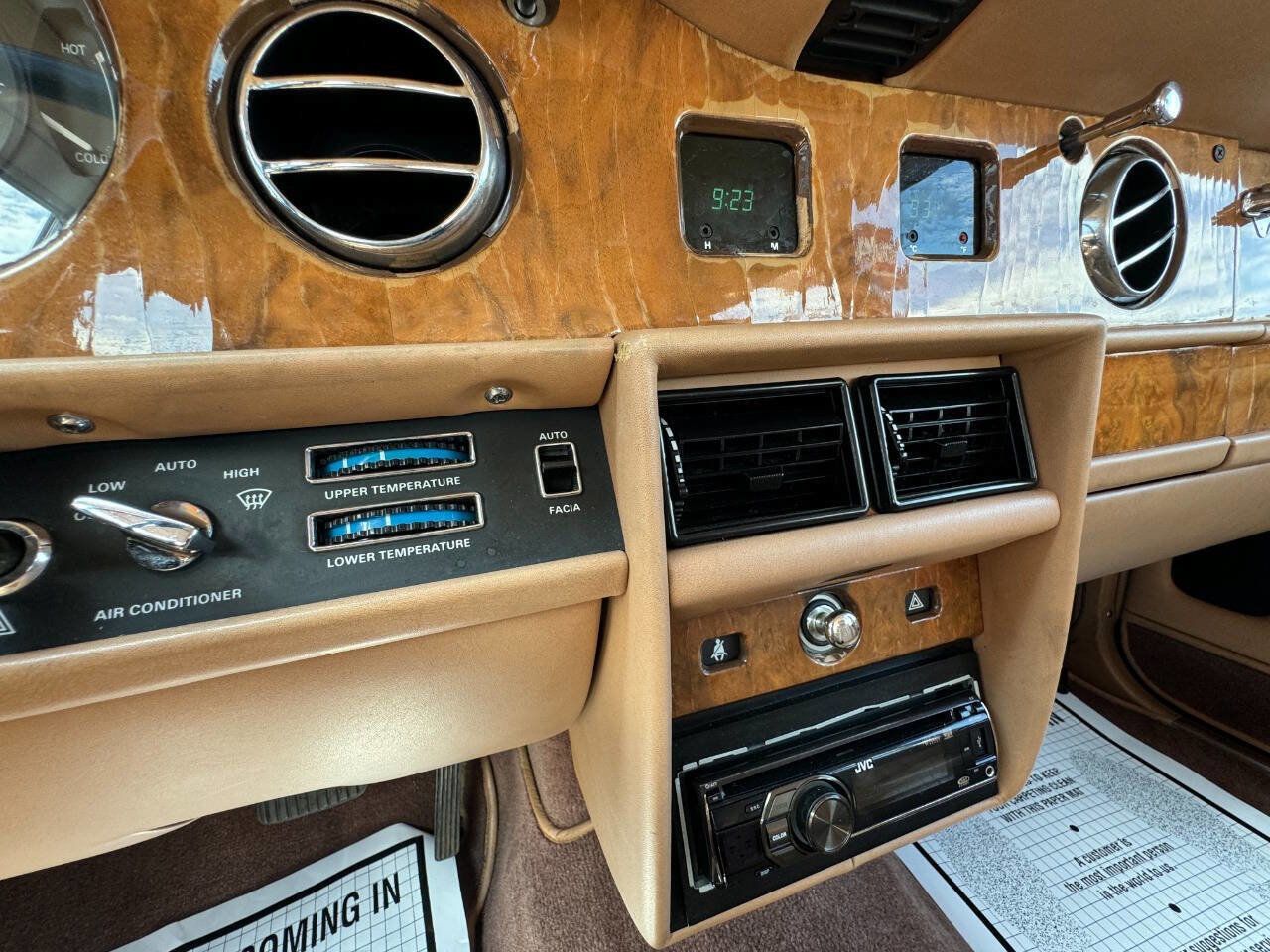
Engineering marvel
Under the bonnet, the Silver Spirit launched with a powerful 6.75-litre V8 engine. This engine, originally developed in the 1950s, provided impressive torque and hushed power delivery, ensuring a smooth driving experience synonymous with the luxury brand. The engine's design emphasised reliability which still remains a critical factor for Rolls-Royce's discerning clientele.
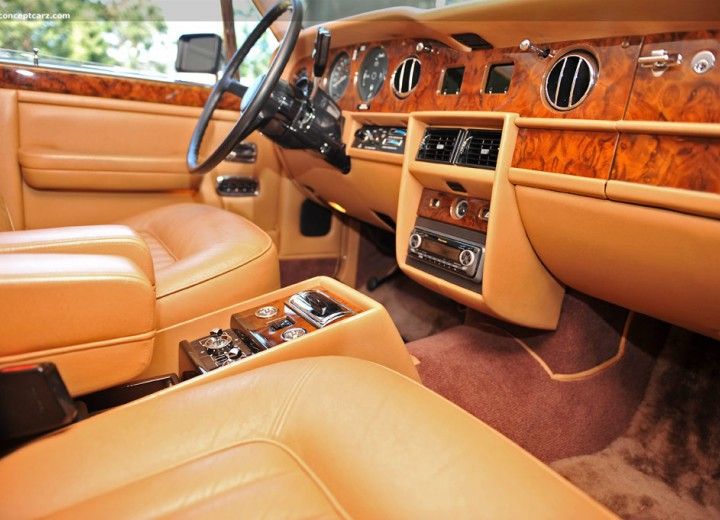
To further enhance the driving experience, the Silver Spirit design incorporated advanced technology, including the Citroen derived hydropneumatic self-leveling suspension and hydraulic brakes. Not only did this system deliver sumptuous ride quality but it also ensured that the Silver Spirit cockpit became a highly user-friendly environment that was designed to help any driver to easily handle the car despite its impressive weight and size. It worked, because pundits and owners alike applauded the car’s performance, particularly its ability to effortlessly glide over all types of road surfaces.
The evolution of the Silver Spirit
The Silver Spirit’s success during its first decade led to various derivatives and improvements. Between 1980 and 1989, the model underwent incremental improvements ensuring it remained relevant amidst changing automotive standards and tastes. In 1987 Rolls-Royce Motors introduced the Silver Spur, a longer wheelbase version designed to provide even more rear-seat comfort and legroom, appealing to those seeking an opulent chauffeur-driven experience.
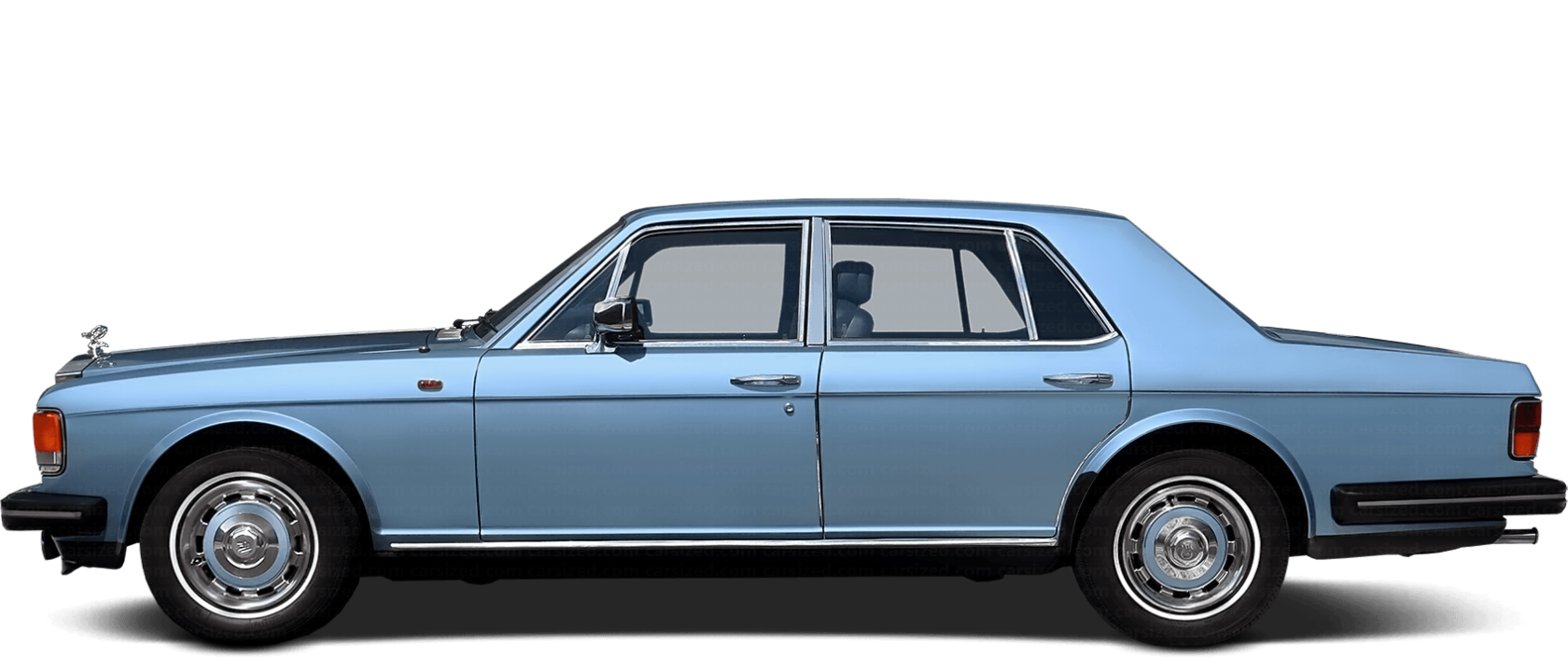
The Silver Spirit II debuted in 1989, featuring minor cosmetic updates and performance enhancements, such as improved engine management systems and refined interior amenities ensuring the model’s appeal continued to flourish into a new decade.
Cars from the Silver Spirit lineage became more than mere vehicles; they were symbols of status and prestige. They graced the driveways of royalty, celebrities and business magnates and were often utilised in significant social and ceremonial events. During this period, the Silver Spirit was frequently seen in Hollywood films, illustrating the merge of automotive luxury with popular culture.
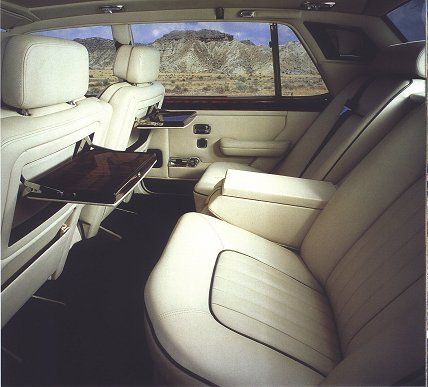
Challenges and changes
The automotive landscape saw significant changes in the late 20th century, marked by increased globalisation and shifts toward more modern luxury vehicles such as the BMW 7-Series or Mercedes’s cutting edge S-Class models. Rolls-Royce also faced other significant challenges due to labour disputes and economic pressures, leading to changes in ownership and corporate structures.
In 1998, BMW acquired the rights to produce Rolls-Royce vehicles, gaining control over the company’s manufacturing while Volkswagen took charge of the luxury brand's Crewe factory where they continue to produce Bentley Models to this day. This transition heralded the end of the Silver Spirit production line, marking the close of an era defined by traditional craftsmanship and luxury British styling.
The lasting Impact
The Silver Spirit's last production units rolled off the line in 1998, bringing the storied lineage to a close. The model is now revered among classic car collectors with its rarity and legacy ensuring it remains a much sought-after vehicle on the classic car market. The Silver Spirit’s existence, with a production run spanning some 18 years with over 20,000 units produced, has certainly left an indelible mark on automotive history.
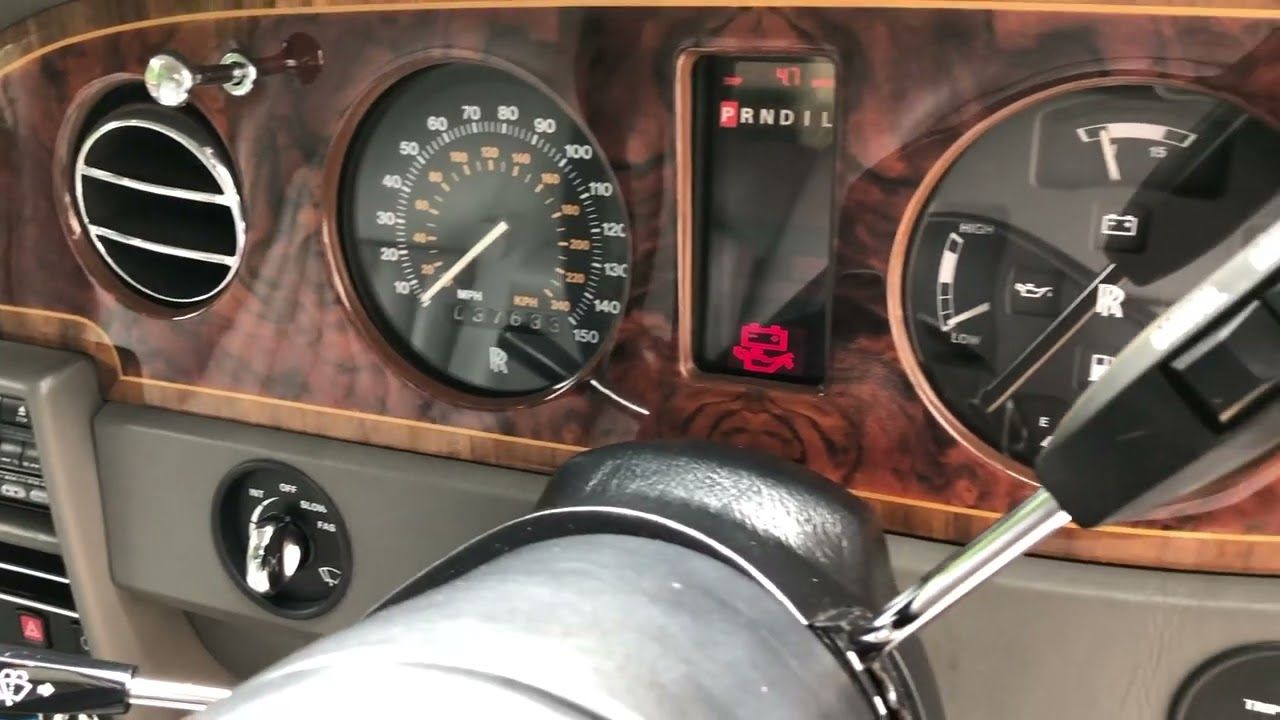
Today, classic Silver Spirits remain much celebrated for their enduring design, quality of engineering, undeniable pedigree and personalised luxury. They represent a time when motor cars were not just modes of transport but extensions of individual identity. Enthusiast clubs and gatherings continue to honour this iconic vehicle, recognising the craftsmanship and artistry that defined such a significant chapter in automotive history.
Summary
The Rolls-Royce Silver Spirit stands as a fine testament to the artistry, luxury and engineering prowess that have long distinguished the Rolls-Royce brand from its competitors. With its combination of elegant design, advanced engineering and bespoke personalisation, the Silver Spirit not only cemented Rolls-Royce's status as a premier luxury car maker but has also reflected the changing world of automotive craftsmanship.
As the years pass, the allure of the Silver Spirit remains undiminished, embodying a timeless elegance that continues to resonate with those who value luxury and legacy in the automotive realm.
Today, the Silver Spirit serves as a bridge between the classic era of luxury motoring and the sophisticated models of the future, ensuring that the ‘spirit’ of Rolls-Royce endures well into the future.

